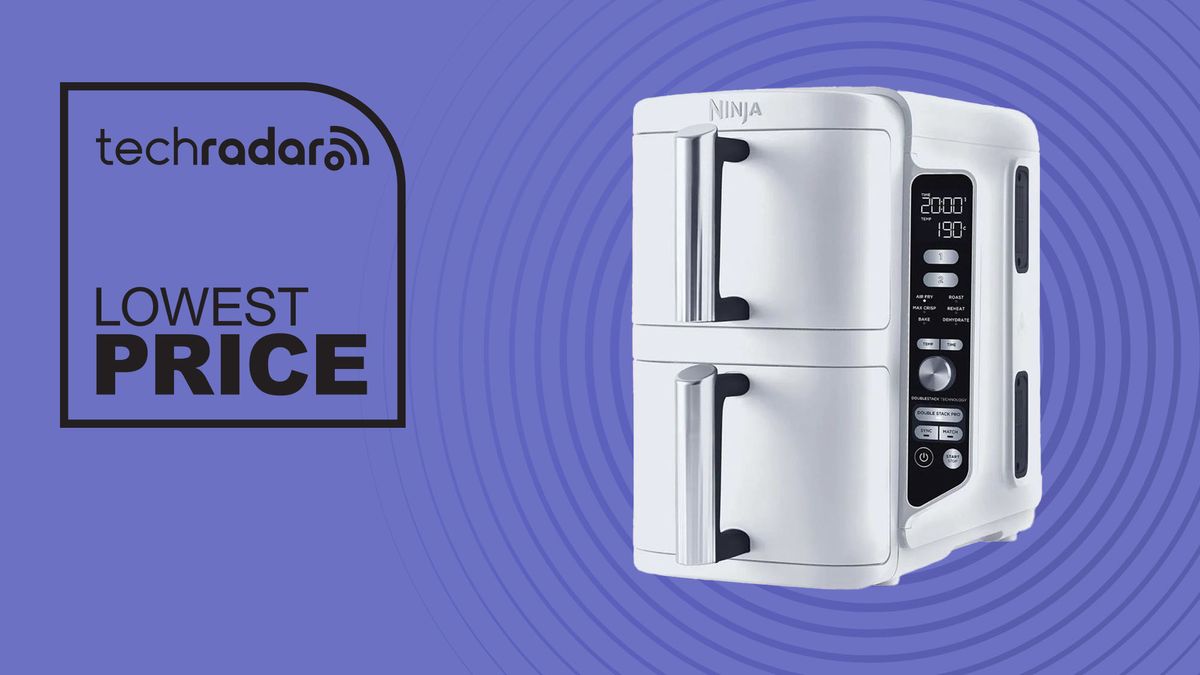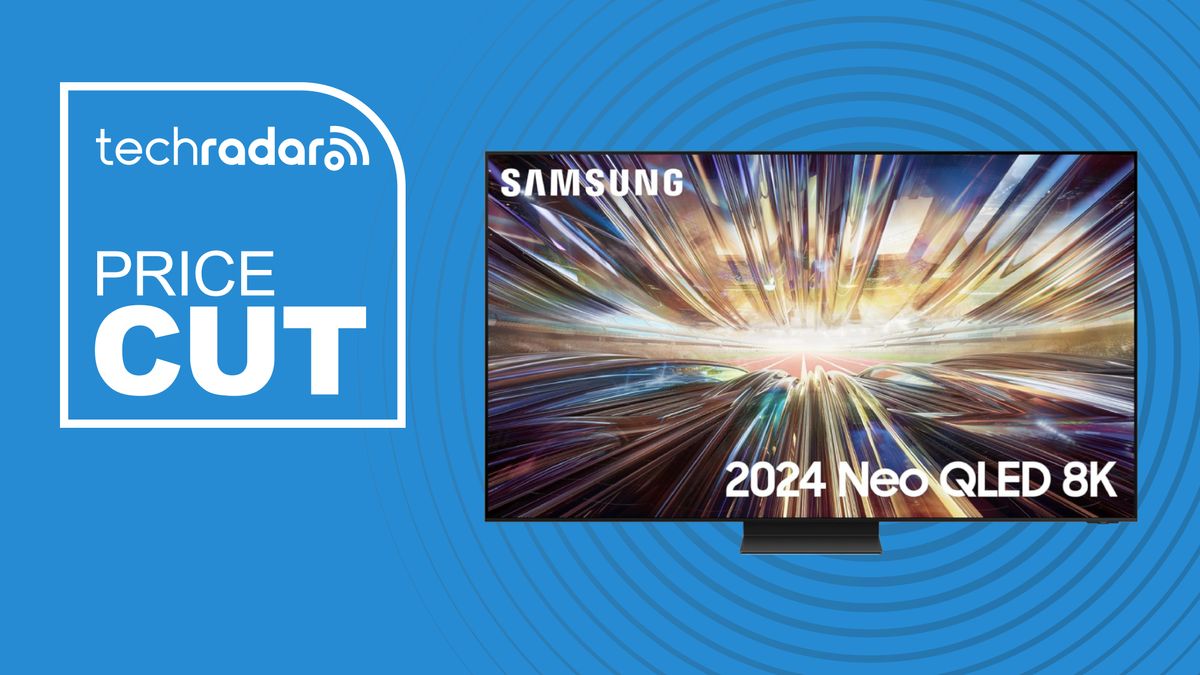By all accounts, I am a good cook. Yet in all my years, I don't think I've ever made a wonderful batch of rice on the stovetop. Overcooking, undercooking, scorching; you name it, I’ve done it. Those of us who grew up watching Alton Brown's insightful Good Eats cooking show may cling to the rule against bringing "unitaskers" into our kitchens, but I've decided that in order to more optimally enjoy my katsu, curries and burritos, it's time to bring in some specialized help.
A rice cooker frees up your attention to do the rest of your food prep instead of babying your grains or abandoning them to a crispy, crunchy fate. I tested several options to find the best rice cookers that deliver delicious, fluffy rice every time, because life's too short to settle for disappointing food.
Best rice cookers for 2025
Let's start with the obvious: Cuckoo’s 6-cup rice cooker is possibly the prettiest rice cooker I've ever seen. I love that vibrant red. If you want a rice cooker to sit on your countertop all the time, this one wins on style alone.
But it also makes top-notch rice, delivering some of the best results for all three grain types thanks to its microcomputer that can adjust each cooking phase based on type of rice you're making. It did a particularly good job with long-grain basmati rice right out of the bowl. I liked the white rice most after it had sat on warm mode for half an hour, but it was still quite tasty as soon as the cook cycle completed.
I would have appreciated a touch longer cook on the brown rice, but this model can be programmed with a customized cycle, including exact soaking and heating times. It works great with the fire-and-forget presets for cooks who don't want to bother with My Mode, but I appreciate that you have the option if you want to experiment.
However, there are some design issues. The lid springs open with enough force to rock the whole appliance, even when there's cooked rice inside. That means an oven mitt with coverage for your forearm is required to carefully open this after cooking to protect against a blast of hot steam. It's a minor inconvenience (once you know to expect it), but steam burns are no joke and I only had this issue with Cuckoo's machines. Also, the water level markings are recessed into the cooking pot, so this model needed a closer eye in cleaning to make sure those notches didn't get any starchy film trapped in them.
The range of options and control at a very reasonable cost make this an excellent choice for anyone who is serious about their rice, or wants to start getting serious. If I'm going to offer a single all-around top choice from my tests, it'll be this one.
Pros
- Excellent rice cooked from presets
- Plenty ways to customize
- Reasonable price
Cons
- Unexpected design flaws
If you're not a regular rice eater and want an introductory appliance for under $50, this Hamilton Beach rice cooker is a solid entry point. It has presets for white and brown rice, as well as a steaming option and steamer basket included. I actually found the steamer basket handy for rinsing my rice before cooking, but it's also useful if you want to treat the appliance like a multicooker.
All the components were easy to clean and reassemble, too. The box says that the cooking pot and steamer basket are machine washable, which is an unusual convenience for a rice cooker. It's the smallest of my top picks, which is handy if you're limited on space. (The 8-cup designation here is for cooked rice, while the others are sized by uncooked rice capacity.)
While this machine can't boast the same granular control or microcomputer sensors as the pricier options, I was still happy with my rice results. All three test batches came out to my satisfaction, with the brown rice tasting particularly good. The white rice was very sticky when the initial cook ended, but a half-hour of resting time on the warm mode drastically improved the texture. The included manual even suggested that letting the rice spend 10-15 minutes on warm mode would soften the texture. The white rice and basmati rice both finished their cook cycles in about 37 minutes, while the brown rice took 51 minutes; these times put the Hamilton Beach on the quicker side.
My only gripe with this rice cooker was that a few spots at the bottom of some batches got a little overdone. Nothing came close to scorching and the flavor didn't suffer, but there was a bit of extra browning. The issue was most pronounced on the brown rice, and just half an hour spent on the warm function usually created more crispy spots. I'd advise against using this for an on-all-day rice warmer, but that's the biggest caveat. Otherwise, this little guy outperformed some machines that cost quadruple the price.
Pros
- Excellent value
- Great for small kitchens
Cons
- No customized cooking
- May be too small for big families
This higher-end Cuckoo model delivered the best batches for all three grains of rice. Not only did it make damn good rice, it delivered in record time thanks to its pressurized cooking option. The Japanese-style white rice took a mere 29 minutes. The brown rice had a perfectly firm texture, a beautifully nutty flavor and no trace of stickiness — all cooked in just 43 minutes. I used the non-pressurized mode for the basmati round and that still only took 37 minutes. And that was just the presets; you can also customize to your tastes.
But I'll be honest, I have some reservations about recommending this model. Both the white and brown rice had some crisping on the bottom during my testing. It’s not clear if this is the “melanoizing” effect described in the manual, or just a factor of the high pressure mode. For a half-hour cook time, I can overlook that. For a $260 price tag, I'm less forgiving.
I also ran into some issues of practicality. Like the red Cuckoo Micom model, the lid springs open hard enough to rock the entire unit, and this one was also the most difficult to clean. There are extra rubber gaskets in the lid that have to be thoroughly cleaned and dried before the next use. And the rubber handle for detaching the main lid surface was useless; I had to pry the thing off by the edges. I wouldn't mind that with a less expensive appliance, but for something this high-end, those little touches make a difference.
Finally, I don't suggest this model for an average cook because this appliance is downright intimidating. Cuckoo had the most difficult to parse manuals, with some details possibly lost in translation, and its menu settings were oddly convoluted. For instance, I managed to switch the voice alerts to English (yes, there are very chipper and slightly obnoxious voice alerts), but I had to watch a YouTube video to figure out turning them off completely.
So while this was without a doubt my best-performing model purely in terms of food, it demands a lot of its owner. Unless you have serious expectations of your rice, expect to use the machine on a near-daily basis and are willing to tackle the learning curve, this appliance is probably not worth the cost. But if you are that person, you'll be thrilled with your investment.
Pros
- Perfect rice
- Lovely appearance
- No, seriously, perfect rice
Cons
- Unexpected design flaws
- Confusing manual and menu controls
- Pricey
This Zojirushi rice cooker offered a few features that delighted me. Some were downright charming, like the option for a chipper melody to play rather than a simple beep when the rice is ready. Others were practical, like the addition of grips on the cooking pot and a handle for the entire appliance. It was overall one of the easiest and simplest appliances to use. Plus the name, which comes from the "fuzzy logic" used by micom rice cookers to make small adjustments during the different stages of cooking, is really fun to say.
I was also delighted by my rice results. The Japanese-style white rice was the best batch, but it also handled the basmati and brown rice very well. I liked that this model includes three different white rice presets, so that you can suit your particular texture needs and preferences to best match the meal you're eating without needing to input a customizable program, although it does have that option for more granular control.
The biggest downside to the Neuro Fuzzy, other than the price, was the speed. My white rice batch took 48 minutes, and a full cycle on the brown rice setting clocked in just shy of two hours. There is a quick cooking mode that I thought tasted almost identical to the regular batch, but it only reduced the cycle for white rice by ten minutes. Fortunately, the Neuro Fuzzy's warm mode kept the rice in good condition for a couple hours.
Potential buyers should be honest with themselves about their cooking styles before considering the Neuro Fuzzy. If you're the kind of person who only has the patience for 30-minute meals, then you may want to look elsewhere. If you have the foresight to get the rice rolling well ahead of when you'll need it, this is a great option.
Pros
- Excellent rice
- Solid build quality
- Easy to use and clean
Cons
- Long cook times
- Pricey
How we test rice cookers
Since rice is a foundation for so many different cuisines, I placed a high value on a machine’s ability to cook different grain types well. I started testing each rice cooker by making a Japanese style, sushi-grade white rice. The appliances that delivered tasty results moved on to the brown rice round, then the top performers made long-grain white basmati as a final challenge. Some models I tested included a steamer basket, but I didn't try all of them out. This is a rice-only party. Multi-cookers and steaming functions are merely a nice bonus in these, although if that's a feature you want, an instant pot might be more your jam.
While I weighed rice tastiness and texture as the most important criteria, I also assessed how easy the machines were to use and to clean. Because a cool piece of gear that sits in your cabinet gathering dust is a cool, but ultimately useless piece of gear. I limited my testing to models retailing for less than $300, which felt like the most I could recommend investing in a specialized appliance, and value for cost wound up being the distinguishing point for my top picks.

 6 months ago
10
6 months ago
10










 English (US) ·
English (US) ·